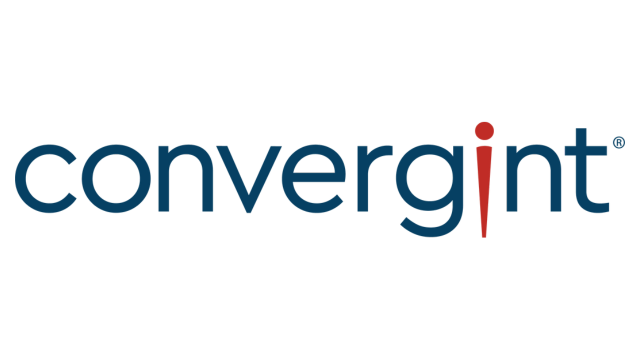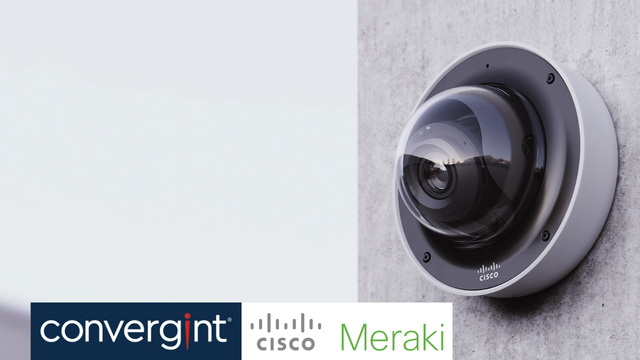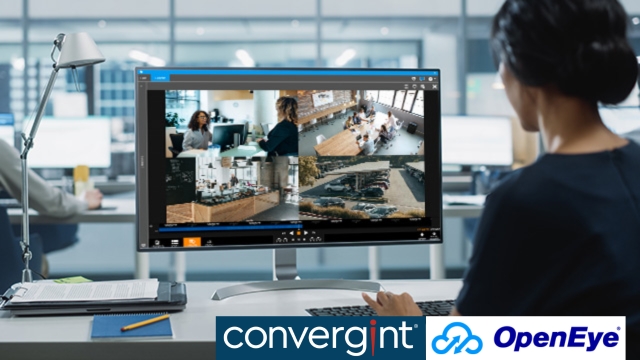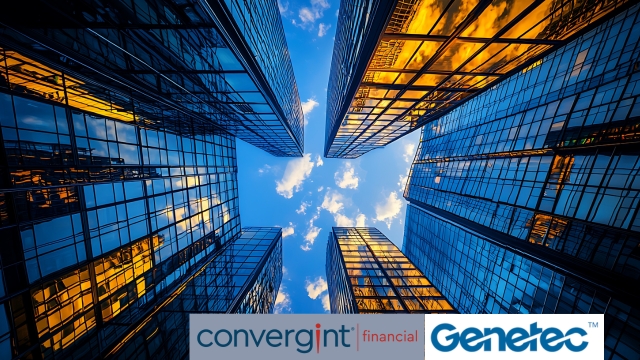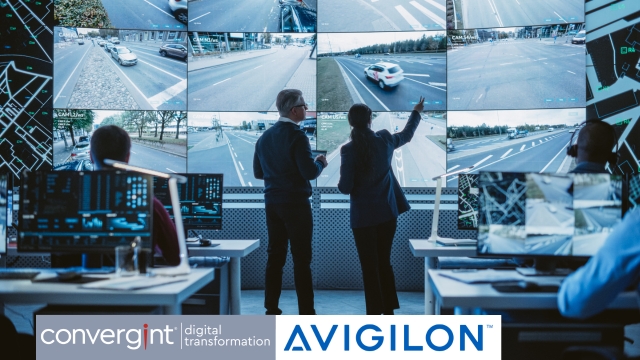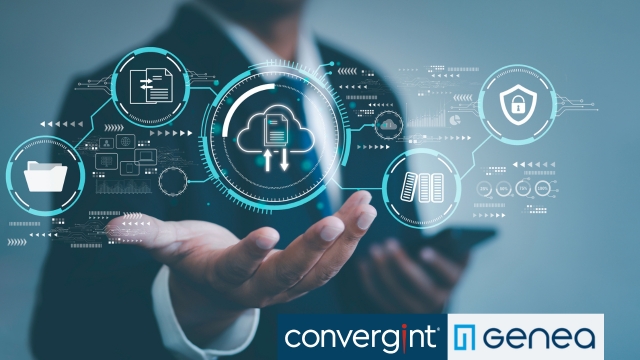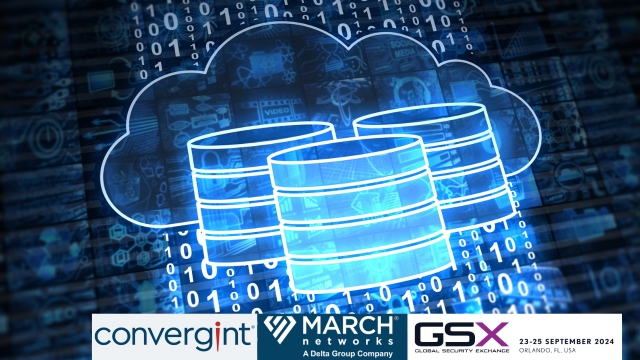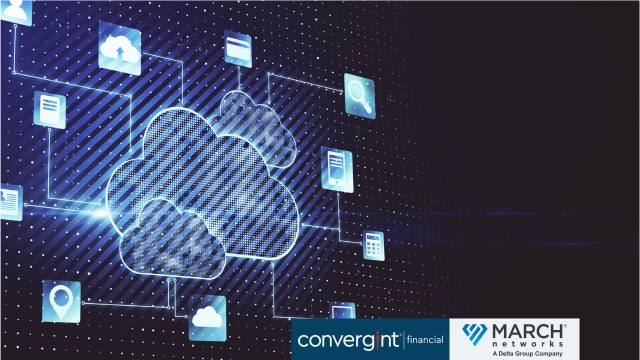Recently, cloud adoption in physical security has been rapidly growing, transforming security capabilities across verticals. Cloud technology offers many benefits over on-premises systems including: flexibility, scalability, security, ease-of-maintenance, and futureproofing. However, not all cloud camera solutions are the same. While some traditional systems are later modified to support cloud technology, fully integrated and end-to-end systems, where the NVR, VMS and camera functionalities come out-of-the-box without additional integration help forge a more advanced, scalable, and adaptable security system. Below are some common challenges that often occur with traditional or hybrid cloud systems:
End-to-end cloud systems solve these problems as they are designed to eliminate the complexities and vulnerabilities of traditional or hybrid cloud camera systems. Hybrid cloud systems typically bolt onto another box or stream video to a cloud provider, yet still require the management of multiple components. A fully integrated system removes these concerns, while providing the flexibility to adapt to changing security demands.
Rapid issue resolution
Effective cloud systems should be designed as end-to-end solutions, that are easy to set up and use on a day-to-day basis to monitor video and events. On-camera storage and cloud management eliminate many of the complexities that traditional systems may have. With these systems, multiple cameras from different sites can be viewed instantly on any device, from any location. Additionally, security teams can determine if a camera is online and recording properly, and receive offline alerts if there are issues. Users can view, search, and export video through a web browser or via a mobile app while on-the-go.
Secure by design
Cybersecurity and network security are prominent concerns when it comes to IoT devices, and cameras are no exception. There are many aspects of security to consider with camera systems, from privacy of the video itself to mitigating the risk of a cyber-attack. Often, security camera systems are left vulnerable because their complexities make it difficult to maintain them effectively.
With an end-to-end solution comes end-to-end security. The best cloud solutions are secured by design and default. Security can be built into all aspects of these systems, including:
Future proofing with all-in-one, scalable cloud solutions
When designing a security system, many organizations are unable to accurately predict future needs and be able to account for them. This means a system is selected that offers the flexibility to grow, both in adding new cameras as well as supporting new needs as they arise. Traditional and some hybrid cloud systems have scalability issues, which means additional cameras may require upgrading other parts of the system as well.
All-in-one cloud solutions, where the storage is on-board the camera, are truly scalable. Storage and processing increase with each camera added, and the management seamlessly supports from one to hundreds or thousands of cameras and sites. The best cloud systems also support integrations through open APIs, making it easy to integrate with other systems such as access control, to improve security, crowd intelligence, and workplace safety. This gives organizations peace of mind knowing that the solution they invest in will continue to provide value in the future.
A simplified journey with Meraki MV cloud-managed smart cameras
With Meraki MV smart cameras, the cloud journey is simple. The all-in-one architecture with edge storage and cloud management streamlines infrastructure, increases scalability, and simplifies management. This allows organizations to accomplish more, without needing to add more personnel or scale up infrastructure.
